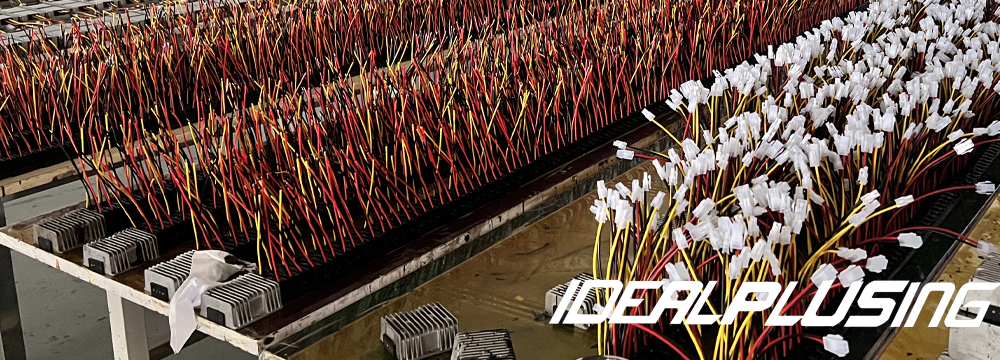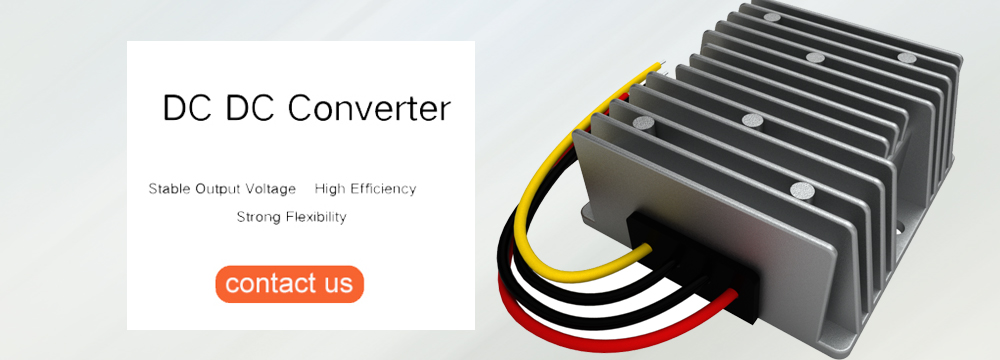The operation of an electronic system is inseparable from the support of an efficient and reliable power system. Converting energy from different power sources (such as mains and batteries) into the power rails required by various loads in electronic circuits requires the rational use of various components to build a complete power architecture, which is what "power management" is supposed to accomplish.

As we all know, according to the needs of power conversion, power management includes three main scenarios: AC to DC (AC-DC), DC to DC (DC-DC), and DC to AC (inversion), among which DC-DC should be particularly widely used.
A DC-DC converter (or voltage regulator) is generally composed of control circuits, switching tubes (diodes or triodes), inductors, capacitors and other components. It stabilizes the output voltage at the required voltage level by controlling the "switching" action of the switching device according to the signal provided by the feedback circuit. Therefore, it is also called a "DC-DC switching power supply" to distinguish it from other voltage stabilization circuits.
Different DC-DC switching power supply topologies can achieve three types of operations: buck, boost, and buck-boost. Among them, dc converter has more application scenarios. Whenever the required voltage is lower than the available voltage in the system, a buck converter will be used; in some more complex power distribution architectures, multiple DC-DC buck conversion operations will be used to achieve the purpose of improving efficiency and simplifying the system.
Today, let's focus on how to choose buck dc converter power management devices
Different buck DC-DC types
Because it is a buck conversion, dc converter is often compared with linear regulated power supply (LDO) when designing power supply. In comparison, LDO circuit is simple and low cost, and has the characteristics of fast load response, small output ripple, and low noise; while dc converter has unique advantages in high efficiency, support for wider input operating voltage and larger voltage drop, support for larger current and power, and flexible and adjustable output voltage.
Therefore, when making specific technical selections, it is necessary to make a comprehensive evaluation in terms of efficiency, cost, noise, performance, etc. to make the right decision. Sometimes, the advantages of both can be combined and used together in power supply design. For example, in order to improve the accuracy of switching DC-DC and overcome its shortcoming of high noise, LDO will be added to the back end of DC-DC for optimization.
But in general, DC/DC devices are more widely used and the types of products are more diverse, which requires engineers to spend more time on component selection and carefully evaluate different types of DC/DC converters.
Before selection, you need to have a relatively clear understanding of the types of DC-DC devices. According to different dimensions, DC/DC step-down converters can usually be divided into different types.
Voltage modulation method
DC/DC step-down converters can be divided into two types according to the difference in its control method: PFM (pulse frequency modulation) and PWM (pulse width modulation).
The working principle of PFM is: maintain a fixed switching pulse width, adjust and control the output voltage by changing the frequency of the pulse output, and make it reach a stable state. The advantage of this method is that it has higher efficiency at light load (since there is no need to increase power at light load, the switching frequency becomes lower and the switching loss is reduced), while the disadvantage is that the changing frequency makes it difficult to eliminate noise through filtering and is easy to interfere with other circuits.
PWM, as the name implies, refers to a method of controlling the output voltage by changing the pulse output width with a constant frequency of the switching pulse. It has better output voltage ripple and noise, but because the frequency is constant, the number of switches at heavy load and light load is the same, so the switching loss at light load is relatively high.
Some power management devices also combine the advantages of the two control methods, using PWM under heavy load and stable state, and switching to PFM under light load, which is undoubtedly beneficial to the improvement of the overall performance of the power system. The choice of which control method to choose in a specific application should be carefully weighed according to the design requirements.
Output feedback method
In order to maintain voltage stability, the step-down DC-DC converter will feed back the output to the control circuit. According to the output feedback method, it can be divided into three types: voltage mode control, current mode control and hysteresis control.
In voltage mode, the feedback loop feeds back the output voltage signal, which is also the basic method. Its advantages are simple control, good noise resistance, and short conduction (ON) time; its disadvantage is that the phase compensation circuit is relatively complex.
Based on the optimization of voltage mode control, current mode control was born. Its design idea is to replace the acquisition of voltage signals with the method of detecting circuit inductance or transistor current. Compared with voltage mode, it has the advantages of high stability, simple phase compensation circuit, and fast load transient response; and its disadvantage is that current detection is more sensitive, so there are higher requirements for noise processing of the feedback loop during design.
Hysteresis control is an output feedback method developed for power supply applications such as CPU and FPGA that have higher requirements for high-speed load transient response. Its advantages are extremely fast transient response, high stability of the feedback loop, and no need for phase compensation; and its disadvantages are that the switching frequency will change, the jitter is large, and a capacitor with a large ESR is required to detect ripple.






